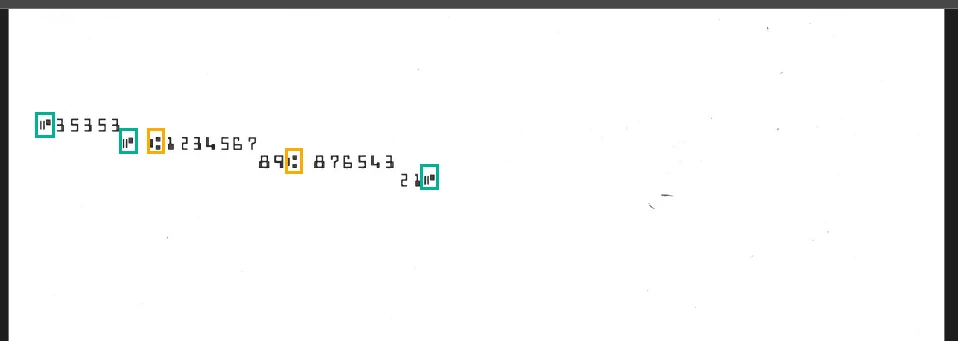This is very much related to another discussion I started, but I don't want to muddy the waters in that conversation so I'm starting this new one.
I'm not certain, but I think this will pertain specifically to the HP/Troy printer we're using.
The last line on the the page, which is a remittance advice with check at the bottom, is the MICR line that includes the check number, transit (routing) number, and account number.
As a simple test I execute the following statement after setting the print queue:
LIST PERSON \\ ID.SUP HDR.SUP COL.SUP COUNT.SUP \\ SAMPLE 1 \\ EVAL "CHAR(027):'(0Q':'C35353C A123456789A 87654321C'" \\ LPTR
According to a Troy rep, embedding a 'C' and 'A', tells the printer to generate On-US and Transit symbols, respectively.
And though that's correct, it appears to also be introducing line-feeds (in odd positions no less), as here is a screenshot of the result:

This would appear to be doing what I need except for those apparent line-feeds.
Anyone have any suggestions?
------------------------------
Shawn Waldie
enterprise application developer
Rocket Forum Shared Account
Los Angeles CA US
------------------------------







